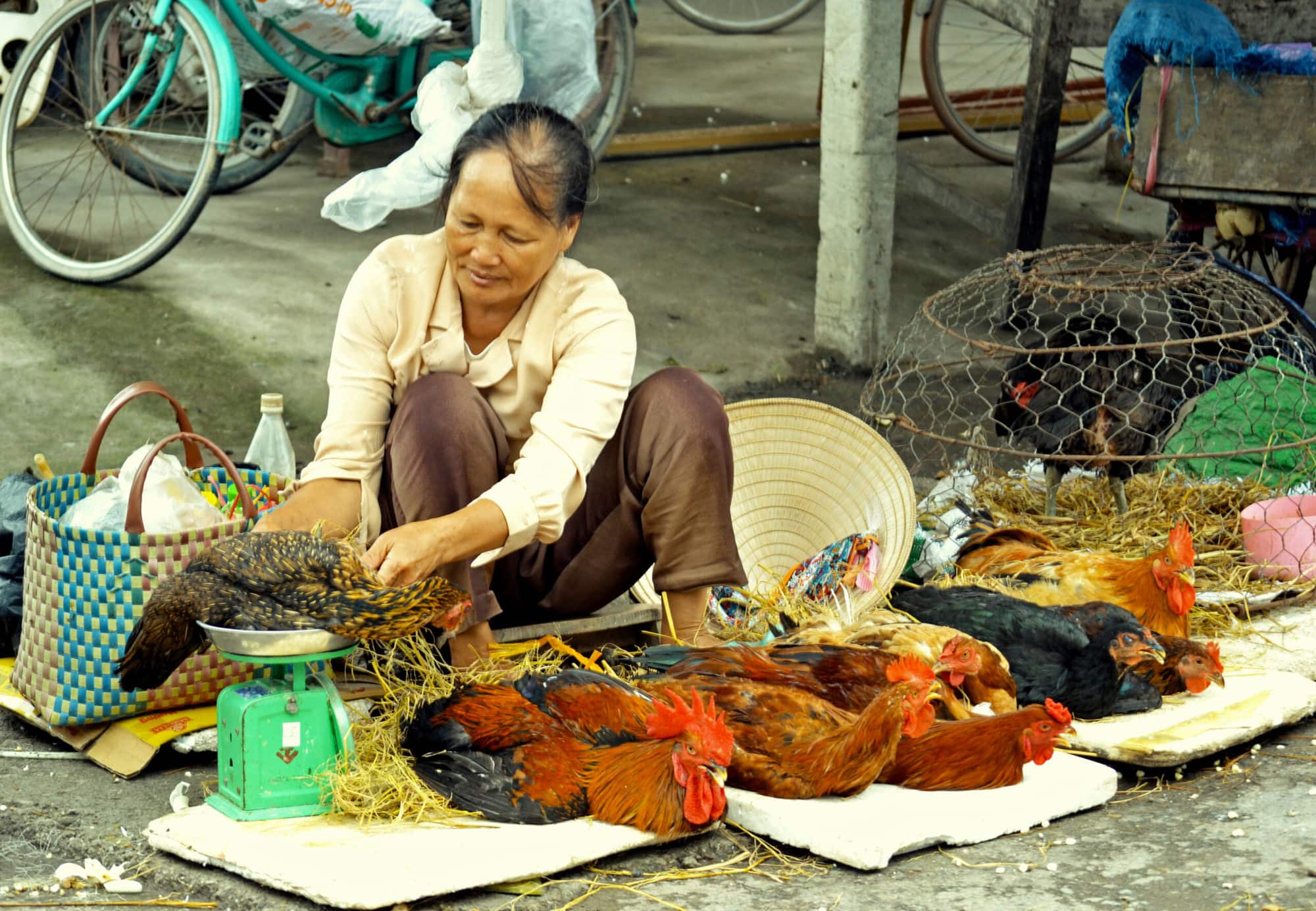Can rice be healthy and still taste good?
- From
-
Published on
23.07.25
- Impact Area

The three global rice cuisine reimagined with low-GI rice served during the launched of low-gi rice at IRRI’s 65th anniversary celebration
At the forefront of global rice science, the International Rice Research Institute (IRRI) has spent six and a half decades improving rice for both farmers and consumers, from boosting yields to enhancing nutrition. In 2025, IRRI marked its 65th anniversary with a series of events spotlighting breakthrough innovations. Among the highlights was a unique culinary showcase proving that rice can be both healthy and delicious.
During the celebration, three beloved dishes from around the world were reimagined using its innovation dubbed as low-glycemic index (low-GI) rice. Each dish proved that health and flavor don’t have to be at odds.
The tasting began with an Indian-style samosa, reimagined with a filling made not of the usual potatoes, but of low-GI rice. Lightly spiced and gently sautéed, the rice offered a texture that was unexpectedly cohesive and soft, yet structured enough to hold its shape within the crisp, golden pastry. The result was familiar, but distinctly lighter on the palate.
This was followed by Rosemary and Parmesan Rice Sticks, served with a side of tomato salsa. Baked to a delicate crunch, the sticks showcased the naturally dry texture of low-GI rice, complemented by the earthy notes of rosemary and the subtle sharpness of parmesan. The fresh tomato salsa added brightness and acidity, elevating the dish into something that felt both wholesome and refined.
To close, guests were served Milchreis with Orange and Raisins, a warm dessert inspired by a traditional German rice pudding. The rice, slowly simmered in milk and infused with orange zest, had absorbed the citrus and cream to achieve a gentle, spoonable consistency. Raisins added a soft sweetness, while the citrus notes lifted the dish with a clean, aromatic finish.
The Science Behind the Flavor: What Makes Low-GI Rice Different?
Traditionally seen as a simple side, rice has now taken center stage, not just for its taste but for its health benefits. IRRI’s low-GI rice digests more slowly than regular white rice, providing sustained energy and reducing post-meal sugar spikes. This makes it particularly significant in regions battling rising rates of type 2 diabetes.
According to a 2025 Trends in Plant Science study, widespread adoption of low-GI rice could help reduce diabetes risk by up to 20% across Asia.
What sets this rice apart is how it blends scientific innovation with traditional rice qualities. It retains the high yield, adaptability, and familiar taste of popular varieties, with the added benefit of better blood sugar control.
Related news
-

A decade of academic and research partnership advances One Health in Vietnam
International Livestock Research Institute (ILRI)13.11.25-
Health
In northern Vietnam, Thai Nguyen province has become one of the most active hubs for…
Read more -
-

Regenerative Agriculture for Healthy Diets and Resilient Food Systems: Better Diets and Nutrition@Stockholm Forum 2025
Esha Sarswat26.09.25-
Environmental health
-
Food security
-
Health
-
Nutrition
-
Nutrition, health & food security
At Stockholm Food Forum 2025, a side event will spotlight how regenerative agriculture, and agroec…
Read more -
-

ILRI and Kenya Dairy Board sign agreement to transform the dairy sector ‘from farm to glass’
International Livestock Research Institute (ILRI)23.09.25-
Health
-
Nutrition, health & food security
The International Livestock Research Institute (ILRI) and the Kenya Dairy Board (KDB) signed a five-…
Read more -
